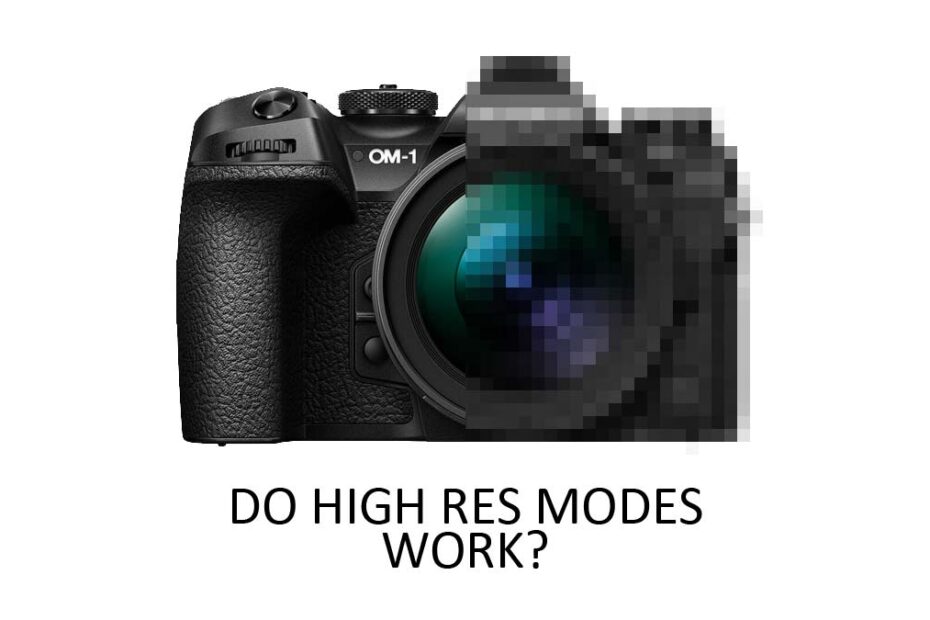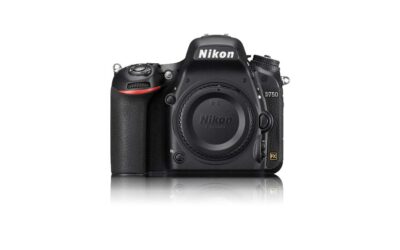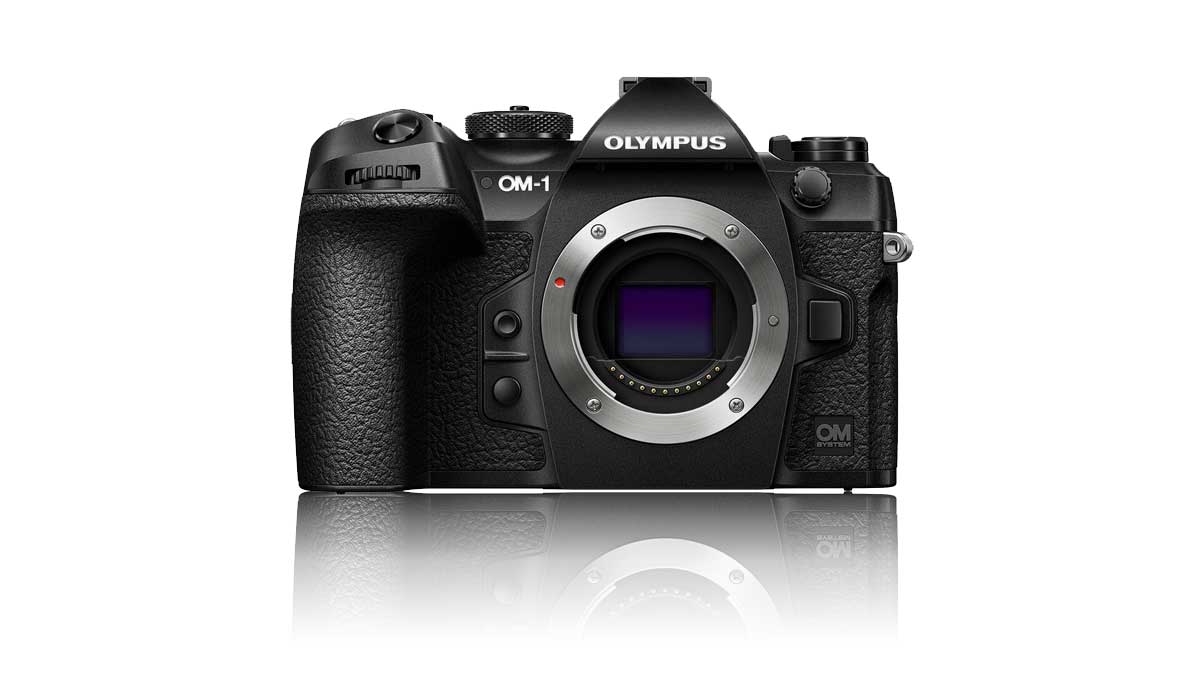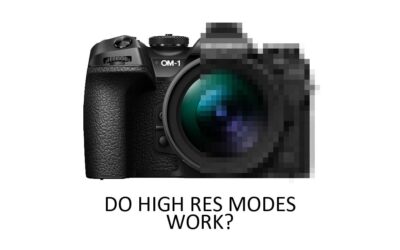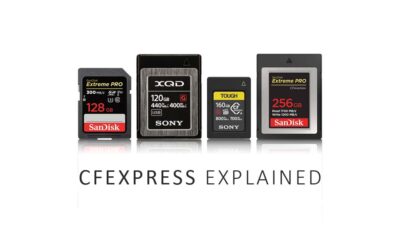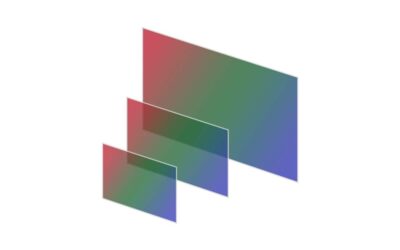Many cameras now include a High Res mode that combines multiple exposures to create a single high-megapixel image – thus enabling a 20-megapixel camera to capture 80-megapixel photos.
Sounds great, but do High Resolution Modes work? To find out, I grabbed my OM-1 and took some test photos. Suffice it to say; I was surprised with the result. Jump to Conclusion
Testing High Res Shot Mode with the OM-1
I am testing High-Resolution modes using the OM-1’s High Res Shot feature for two reasons. First, the 20-megapixel OM-1 allows you to capture 50-megapixel photos handheld. No tripod is required.
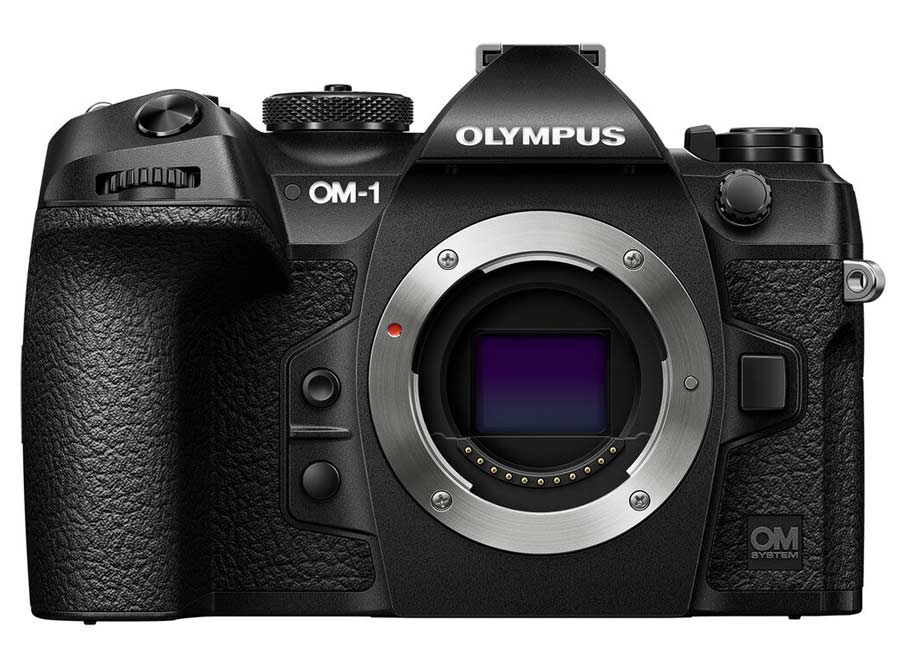
Second, the OM-1 constructs the 50-megapixel image in-camera, so there’s no need to use external software. As a result, the OM-1’s High Res Shot is extremely practical and an entirely reasonable alternative to single-exposure photography for capturing static scenes and objects.
Limitations High Resolution Modes
High Resolution modes work by combining a number of single exposures to create a single high-resolution composite image. As a result, each single exposure needs to look almost identical.
For this reason, High-Resolution modes are unsuitable for photographing moving subjects since each exposure will differ from the next. It’s worth noting that this may change in the future, but High Resolution Modes are best used for photographing static scenes and subjects.
High Resolution Mode Tested
I took two near-identical photos of some shells. One is a standard, single-exposure 20-megapixel image. The other is a 50-megapixel handheld high-res shot. Let’s see how they compare.

High Res Shot vs Standard
So, we’ve learned that a 50-megapixel image is larger than a 20-megapixel image. However, it’s not clear whether the 50-megapixel image is any more detailed. But what happens if we enlarge the 20mp image to 50mp?
High Res Shot vs Enlarged Standard
I used Photoshop to do a standard bicubic enlargement of the 20-megapixel image to 50-megapixels. Now, the size of each image is matched, and the enlarged 20-megapixel image looks better than the 50mp high-res shot.
However, while the enlarged image is sharper, there’s no difference in detail. Nevertheless, this is not a good advertisement for the OM-1’s high-resolution mode.
High Res Shot vs Gigapixel AI
So how does the OM-1’s High Res Shot mode compare with the same 20MP image upscaled to 50MP with Gigapixel AI, one of the best AI upscaling software applications I’ve tested? Read Gigapixel AI Review.
As you can see, Gigapixel AI produces the best-looking version of this photo yet. However, the difference appears to be in processing – rather than any new-found resolution or detail. Regardless, the OM-1’s 50-megapixel High Res Shot mode has once again failed to differentiate itself from a digitally enlarged 20-megapixel image.
High Res Shot Tested – Noise
One of the benefits of a High Resolution mode, besides an enlarged image, is reduced noise. After all, eight shots gather more light than one. But does it work?
High Res Shot vs Enlarged Standard Photo
Sucess. The OM-1’s high-resolution shot produced a far cleaner image than the enlarged 20-megapixel exposure. Therefore, if you’re shooting static scenes in poor light – you should enable your high-resolution mode.
High Res Shot vs Gigapixel AI
As we have already discovered, a noise-free image upscaled with Gigapixel AI can look better than a native 50-megapixel High-resolution photo. Now, we’ll find out how well Gigapixel AI handles noise.
While Gigapixel AI produces a slightly sharper image – it also suffers from detail-sapping Posterization (blotches). For this reason, I’d rather rely on the high-resolution mode and add additional sharpening later.
For the record, I tried upscaling the image with Topaz Photo AI and tried multiple combinations of upscaling, sharpening, and noise reduction. However, each image suffered from that unnatural wax-like effect that over-processing is known for. Overall, this is a win for the High Res Shot image.
Get Discounts on Photo Editing Software
Subscribe to my weekly newsletter and be notified of deals and discounts on photography software from ON1, Adobe, Luminar, and more. Spam Promise: Just one email a week, and there’s an unsubscribe link on every email.
Conclusion
High-Resolution modes are a mixed bag. Some require a Tripod, others require external software, and some require both. As a result, many high-resolution modes are too awkward to be practical.
But cameras such as the OM-1 require neither. Simply hold your camera, turn on High Res Shot, and press the shutter release. In other words, it’s no more difficult than taking a normal photo.
But does High Res Shot mode work? Well, sort of. After repeated efforts, I’m not convinced the OM-1’s 50-megapixel images are any more detailed than an enlarged 20-megapixel image. Thus, on these terms, the OM-1’s High-Resolution mode is reduced to a convenient way to make a larger image of equivalent detail.
However, the OM-1’s High Res Shot mode effectively reduces noise. Thus, if you’re out late taking photos of static things – it’s worth turning on the High Res mode entirely for the sake of noise reduction.
Overall, the OM-1’s High Res Shot mode is more a nice-to-have than a revolution. Yet, I’ll continue to use it because it’s so well implemented. But if you’re looking for 250% more detail, you’ll be disappointed.
Subscribe to my weekly newsletter and be notified of deals and discounts on photography software and gear. Subscribe Now.
About the Author

